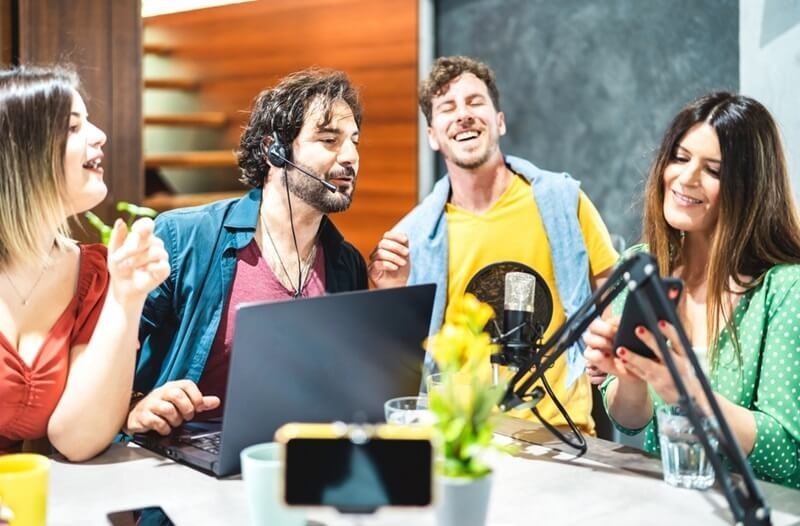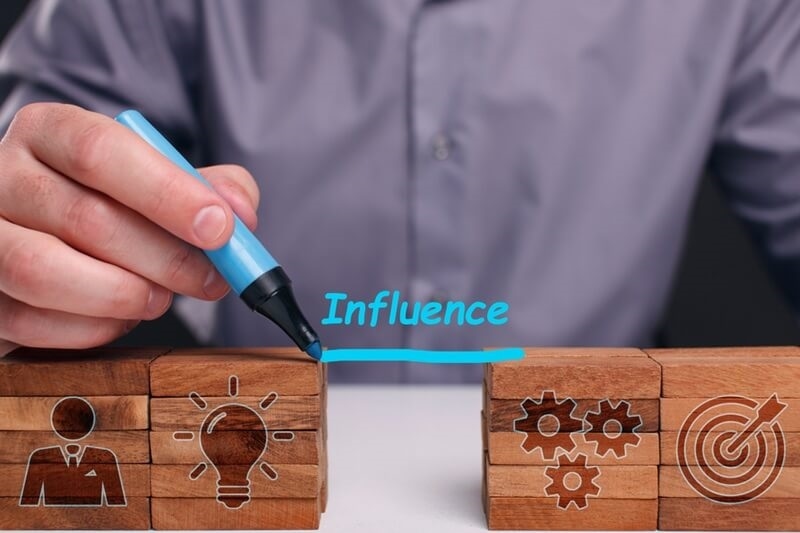
Social media today is no longer just for fun. It's where people meet communities, exchange ideas and opinions, and influence each other's choices. The main impetus behind this cultural change is the micro influencer. They may not have millions of followers like celebrities or mega influencers, but micro influencers have enormous power with niche audiences. They generate buzz, spur conversations, and enable brands to tap into highly engaged, niche audiences.
This paper examines the cultural impact of micro influencers niche communities, how they shape purchasing habits, community interactions, and wider social context.
Micro influencers are internet identities with 1,000 to 100,000 followers. They establish their followings for a niche interest or group. Fashion, fitness, and beauty are popular, but niche interests such as plant care, book blogging, or home travel are also widespread. Since they are so niche, people trust them more. Micro influencers are perceived to be genuine, more human, and truly passionate about their topic.
Micro influencer niche communities rely on commonalities. Audiences in such networks are more likely to be spurred by product advice and recommendations. This gives rise to greater micro influencer engagement rates in the US than larger creators with less engaged mass followers.

Micro-influencers define culture in Niche Environments by:
One of the biggest cultural contributions that micro influencers make is being able to create genuine online communities. Since micro influencers are not celebrities, they also tend to share a belonging in the groups they speak for. Micro influencers engage their audiences frequently in the form of comments, DMs, and live streams. This nearness generates a feeling of belonging, something most individuals yearn for in today's digital age.
Micro influencers unite individuals on shared interests. From green fashion to neighborhood coffee shops, micro influencers lead followers to learn about new products, trends, and ideas within their environment. Their influence dictates the habits, discussions, and values of these micro-communities.
Mass markets are usually the focus. Brands are increasingly, though, realizing the potential for micro influencers to enable more targeted approaches. Branding with niche influencers allows firms to communicate directly with consumers who are most likely to be interested in their product.
Since micro influencers have so much credibility among their followers, the followers follow what they suggest. This has caused brands to go an extra mile to collaborate with micro stars instead of spending their budgets on just big names. The partnerships look more natural and even less like a sponsored endorsement.
Moreover, Instagram micro influencer ROI is higher compared to influencer big campaigns. Small influencers are driving more engagement, and their endorsements convert higher in their close-knit communities.
Micro influencers have a profound impact on the buying habits of their niche groups. Whether it's skincare, video games, or exercise equipment, devotees would go out of their way to get the opinion of micro influencers before making a buy. This isn't just for online-only brands. Even mom-and-pop shops gain by aligning themselves with influencers recognized in their cities or towns.
Local community opinion leader trends indicate that individuals perceive that they believe what "one of them" recommends. They know the local conditions, preferences, and culture better than anyone else outside it. Thus, what they recommend is more credible.
Since micro influencers only promote products they endorse, their followers are more comfortable with what they choose. This trust leads to higher engagement rates and better brand loyalty to companies that work with them.
With influencer marketing, numbers aren't everything. But not only about how large an audience an influencer holds. Rather, it's how engaged those people are. Micro influencer engagement rates US establish that micro influencers outperformed larger accounts consistently on likes, comments, shares, and DMs.
This conversation is important because it is an example of actual influence. A 10,000-follower influencer who gets 500 likes and a handful of comments on each post is worth more than a 500,000-follower individual with no activity at all. These small but highly engaged groups are where attitudes are created, trends start, and sales are generated.
Brands today are no longer naive about collaborations. Rather than pursuing follower counts, they are more interested in value-based collaboration founded upon brand values and objectives. How brands collaborate with micro stars is quite different from the traditional sponsorship arrangement.
They are effective because fans know that their favorite influencers are not simply looking for a paycheck. They assume that these collaborations are of interest and value to the influencer.
One of the most exciting trends over the last several years has been local community influencer trends. World influencers can certainly have their time, but other people are going to have more faith in local voices. Whether a mother discussing the best playgrounds within a city or a foodie sharing restaurant tips with others, these micro influencers deeply resonate with their local community.
Local companies are starting to catch on. They realize the worth of these influencers in producing traffic, online sales, and buzz. These collaborations are best for small businesses, events, and services that depend on local customer bases.
Since these influencers live among the same individuals as their audience, their endorsement is more like a friend's recommendation than an ad.
Instagram is still the platform of choice for micro influencers. When it comes to Instagram micro influencer campaign ROI, it's easy to see why. The brands pay these smaller handles and get improved cost-per-engagement, improved conversion rates, and improved brand sentiment.
Studies show that micro influencers are able to achieve engagement rates of as much as 60% above macro influencers. That translates to actual business results, especially for brands seeking to penetrate new niche markets. Their posts are not so polished, so real, and therefore more attractive to the common consumer.
Micro influencers will be cheaper than A-listers, which means their campaigns will cost less and be easier to scale for brands of every size.
Micro influencers' power extends beyond commerce. They create the culture of their communities. By what they post, they sell certain values, lifestyles, and attitudes. For instance, a micro influencer in the sustainable living community could influence hundreds or thousands to live sustainably. These small changes translate into a large impact, crafting larger societal trends over time.
Influencer marketing in niches allows businesses not just to promote goods and services but also to embrace cultural trends. If one becomes environmentally friendly, more sensitive to mental health, or more accepting of body diversity, micro influencers spread the word among people.
In the coming years, the role of micro influencers will be even larger. As customers want less to do with mass marketing and artificial celebrity endorsements, authenticity and trust are going to become even more valuable. Micro influencers' niche audiences will be able to exert even greater influence over consumer behavior and wider cultural trends.
Platforms such as Instagram, TikTok, and YouTube will remain a work in progress, providing new ways for influencers to speak with their publics. Brands that catch the wave will continue to invest in these small but mighty voices to further their agenda.
Micro influencers bring numerous advantages to communities and brands, but they have some challenges as well:
Despite these risks, micro influencers' cultural relevance only becomes more powerful. Their authenticity, ability to connect with their niches, and ability to influence niches make them part and parcel of the current digital culture.
Undoubtedly, the most powerful marketing and cultural influence of the modern age is the rise of micro-influencer niche groups. Not trendsetters but experts within their niche but heavily reliant upon them for guidance. Micro influencers allow brands to speak to audiences more naturally, achieve greater engagement rates, and build more robust customer bases.
Discovering which micro stars are aligned with brands and observing what is trending with local community influencers can give firms new business opportunities to target specific segments.
This content was created by AI